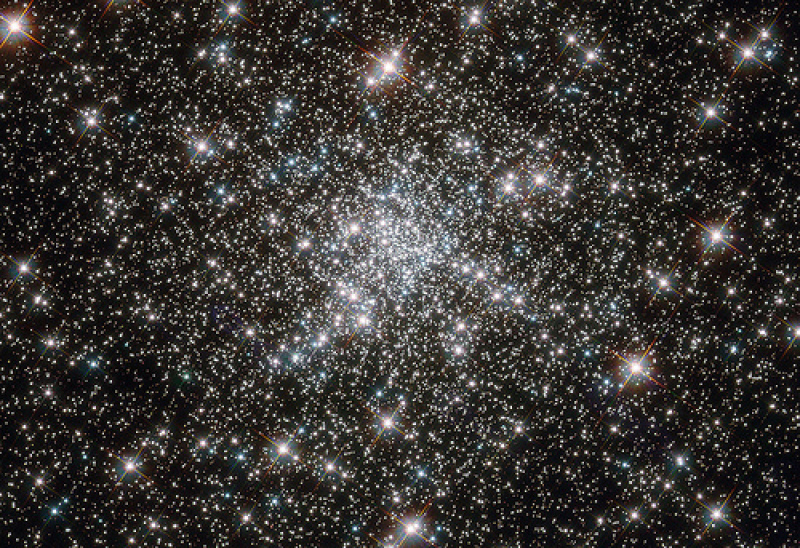
Astronomers from Spain are closely monitoring celestial phenomenon that could lead to the birth of a gigantic star, the National Geographic reported.
According to the scientists, two blue stars located 13,000 light years away from Earth are closely orbiting one another. If they collide, it could result to a massive explosion and the creation of a supermassive star.
The report of the astronomers were published by Astronomy & Astrophysics , an online journal dedicated to distributing research papers and articles related to the study of space.
The binary star system was named by scientists as MY Cameloparadis, or MY Cam for short. Using the powerful telescope of Spain's Calar Alto Observatory, lead astronomer Javier Lorenzo was able to describe the characteristics of the stars.
Lorenzo said that the two stars weighed 32 and 38 times greater than the sun and have been whizzing past one another with a speed of 621,000 miles per hour. He also noted that it take the two stars one and a half days to completely orbit each other. This indicates that the two celestial objects are close enough to cause their respective atmospheres to overlap.
Given the distance between the two stars and their speed, Lorenzo and his team used evolutionary models to speculate that a merger will take place.
"When a binary system has an initial orbit period shorter than two days and mass ratio lower than .6, evolutionary models predict that both components will merge wile on the main sequence," Lorenzo wrote in the report.
If a merger does happen, a large explosion will take place and send high levels of energy across space. In addition, scientists believe the two stars will form one giant star with a mass 60 times greater than the sun.
My Cam was first discovered by amateur astronomers around ten years ago. At first, they thought the system only consisted of one star that featured varying brightness levels. They soon realized that they were actually looking at two stars eclipsing one another because of their orbital movement.



















